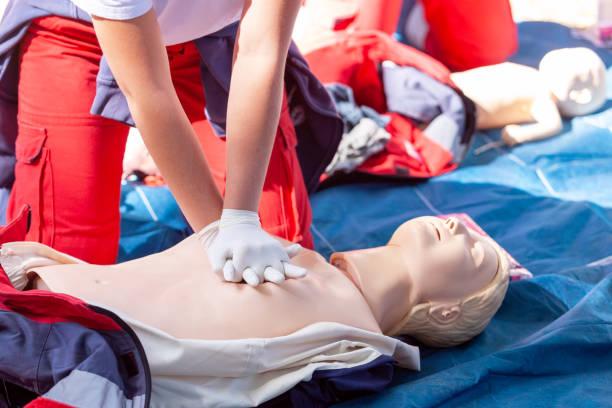Stay Cool and Protected: Beat the Summer Heat with These Essential Tips
As the summer heat begins to intensify, it’s crucial to prioritize your well-being and take necessary precautions to protect yourself from heat-related illnesses. In this blog post, we will shed light on a severe heat-induced condition called heat stroke, its symptoms, and how to prevent it. By implementing these preventive measures, you can ensure a safe and enjoyable summer while keeping yourself and others out of harm’s way.
Understanding Heat Stroke
Heat stroke is a potentially life-threatening condition that occurs when the body’s internal temperature regulation system fails. Prolonged exposure to high temperatures, combined with inadequate hydration, can lead to heat stroke. Recognizing the early symptoms is crucial to prevent the condition from escalating.
Recognizing the Symptoms
The initial symptoms of heat stroke may include fatigue, confusion, loss of balance, dizziness, headaches, and nausea. If you or a co-worker experience any of these warning signs, it is essential to take immediate action. Notify your supervisor or a first-aider and seek a cooler environment. Rest in the shade or a cool place, under supervision, and drink water until you have fully recovered.
Second level symptoms may emerge if the initial signs are ignored. These can include migraine, loss of consciousness, exhaustion, and vomiting. If you or someone around you experiences these symptoms, it is critical to call emergency services (911) promptly.
Act Swiftly
Heat stroke becomes a serious concern when the body temperature surpasses the critical threshold of 40°C (104°F). Beyond this point, a series of reactions occur that can pose significant health risks. Therefore, it is essential to act swiftly and take appropriate measures to prevent the situation from worsening.
Preventive Measures to Beat the Heat
- Hydrate Regularly: Drinking water is of utmost importance. Aim to drink at least one glass of water every 20 minutes. Consider electrolyte-rich beverages like “Gatorade” or “Sqwincher” to replenish lost minerals.
- Seek Shade: Whenever possible, stay in the shade when working outdoors. This can provide some relief from direct sunlight and reduce the risk of overheating.
- Take Frequent Breaks: Schedule more frequent breaks in shaded or air-conditioned areas if available. This allows your body to cool down and recover from excessive heat exposure.
- Use Fans: If air conditioning is unavailable, use fans to circulate air and create a cooling effect. Positioning them strategically can help improve air circulation in your immediate surroundings.
- Time Your Activities: Plan your outdoor activities outside the hottest hours of the day. Avoid working or engaging in strenuous physical activities between 11:00 a.m. and 3:00 p.m., when temperatures tend to be at their peak.
- Moderate Physical Activity: When the weather is scorching hot, consider reducing the intensity of physical exertion if possible. Excessive strain on the body under extreme heat can increase the risk of heat-related illnesses.
- Cool Yourself Down: Wet your skin with water and gently dab your temples, forehead, and head with cold water. This can provide instant relief and help regulate body temperature.
Awareness for High-Risk Individuals
Certain individuals, such as those with diabetes, heart disease, or the elderly, are more susceptible to the adverse effects of extreme heat. Keep a watchful eye on family members, colleagues, or friends who fall into these high-risk categories. Act promptly if you notice any symptoms and ensure they receive appropriate care.
Stay Ahead of Thirst
Remember that feeling thirsty is not an accurate indicator of your body’s hydration level. Make it a habit to drink water regularly, even before you feel thirsty. Staying hydrated is essential for maintaining overall health.
To learn more about how heat affects the body, the steps you can take to prevent heat stress, and elementary first aid that can be given to others affected by heat-related illness, click here.




